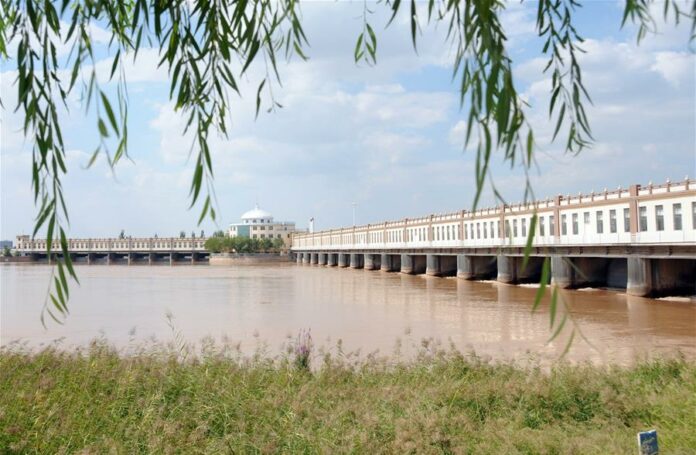
BEIJING (Xinhua) — Two ancient Chinese irrigation works have been recognized as World Heritage Irrigation Structures (WHIS) by the International Commission on Irrigation and Drainage (ICID) at a conference held in Bali, Indonesia Wednesday, according to the Ministry of Water Resources of China.
It brings the total number of Chinese irrigation projects on the list to 19.
One of the newly awarded projects, Hetao irrigation project, is about 2,000 years old and has been diverting water from the Yellow River for irrigation of farmland in the Hetao plain in northern China’s Inner Mongolia Autonomous Region.
The other project, Qianjinpi irrigation project, about 1,200 years old, is located in Fuzhou, east China’s Jiangxi Province. It is a typical enclosed water conservancy project with various functions like irrigation, water transport, drainage and flood control in the middle reaches of the Yangtze River.
Besides the two Chinese projects, 17 irrigation projects from six countries, including Iran, Italy, Japan, Malaysia, Sri Lanka and the United States, were also awarded this year.
Established in 1950, the ICID is an international organization to boost scientific and technological exchange on irrigation, drainage and flood control.
The WHIS award, set up by the ICID in 2014, aims to protect and promote irrigation projects of historical value and their scientific experience. So far, 91 ancient irrigation projects around the world have been enlisted.
Gao Zhanyi, honorary chairman of the ICID and an expert of the China Institute of Water Resources and Hydropower Research, said the heritage of irrigation projects in China not only entails their technological benefits, but also the cultural memory of the Chinese nation, showing a nation’s cultural heritage and scientific and technological spirit.










































